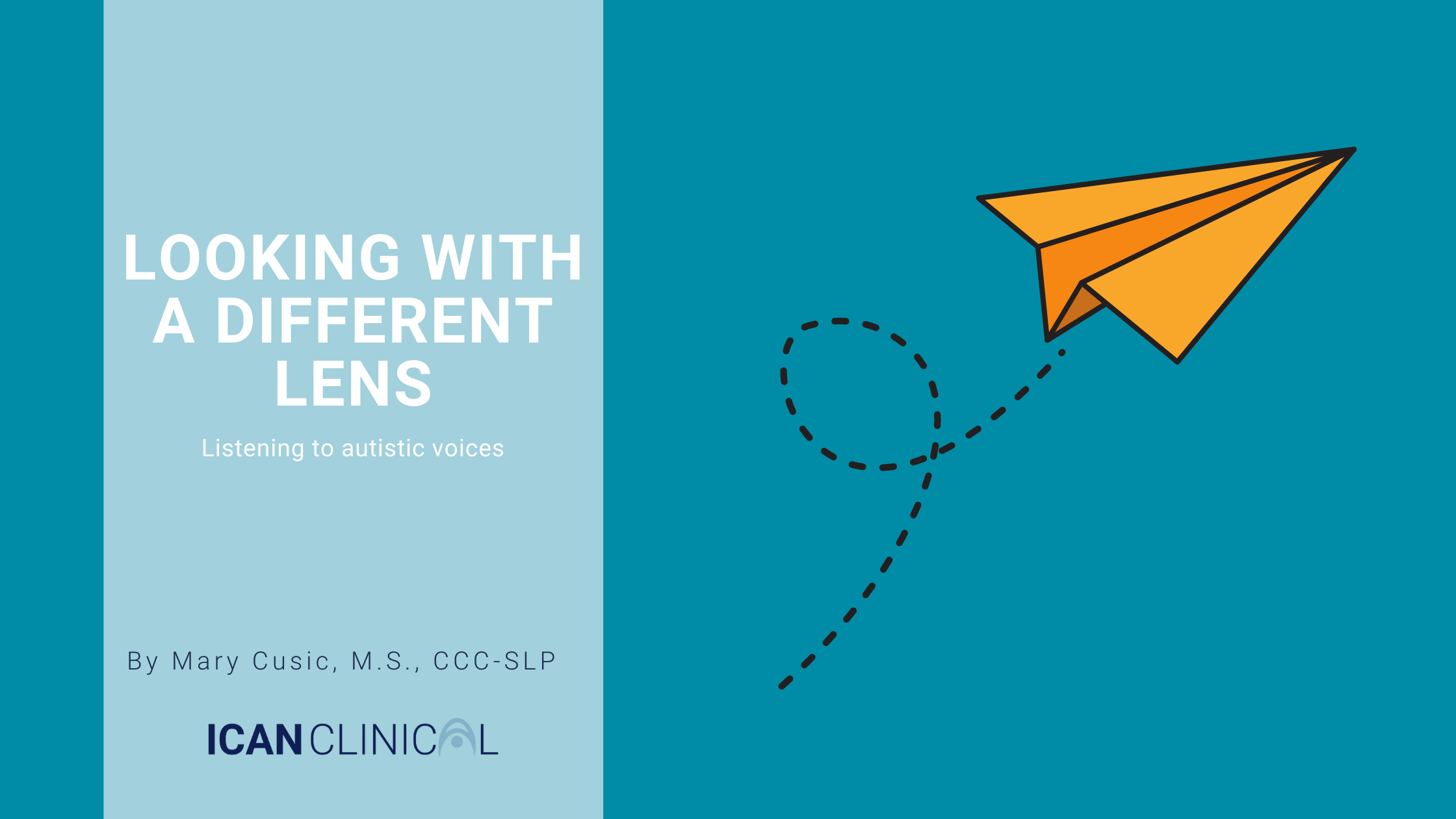
When you know better, you do better.
I’m writing it down to remind myself that it’s okay to recognize that before I know better, I know good/fine and do good/fine. When I know better, I also look back at what I did before and recognize what could be better. It’s not comfortable to see yourself as naïve and not inclusive. I wish that I could always be better, but that’s not how learning and growing work. There’s a reason that it’s called “growing pains.”
I wrote a blog post about a research project using genetic testing to advance the diagnosis and treatment of autism about six months ago. At the time, I thought about how cool it would be to have more information on earlier diagnoses and treatments, especially for those significantly impacted by autism.
Here is what I originally wrote.
“SPARK is a research project from the Simons Foundation Autism Research Initiative, and they are looking for genetic patterns in families of people who have autism. Seattle Children’s is one of their clinical site partners. They are hoping to find patterns in the genetic information that will advance autism diagnosis and treatment.”
I respect the organizations, Stanford University and Seattle Children’s, involved, and I think that more information is always good. There are implications about using this technology that weren’t obvious to me when I wrote about this originally. I was thinking about it as a clinician rather than an ally who needs to listen to autistic voices.
There are social concerns about application of this technology. The Autistic Self Advocacy Network has written the following comment about this testing here.
The Autistic Self Advocacy Network envisions a world in which all lives – including the lives of people with disabilities – have equal value. Such a world is simply not compatible with the use of technology to prevent the births of people with disabilities… Given the present-day use of prenatal testing to prevent the births of people with Down Syndrome, the possibility of this use is more than likely – it is inevitable.
ASAN is not opposed to all forms of human germline genome editing. They believe the application of the technology for autism will follow prenatal testing that is routinely done for Down Syndrome. Removing individual variation raises troubling questions about what it would mean to “fix” someone. Is it ethical or desirable to remove all autistic features from a person? How does one decide where the target for symptom presentation should be? Temple Grandin has famously said that she would choose to stay autistic if given a choice.
ASAN states that supporting the autistic children and adults that are here would be a better use of the research’s time and money.
There are also concerns about how effective genetic testing is for autism. Elle Loughran addresses this in the article Why is there not a cure for autism? in Neuroclastic. She notes that autism is very complex and involves many genes in different combinations. Based on published studies, there are very few commonalities found so far. Identifying all of the possible mutations and variations requires extensive testing. She noted that millions of dollars and entire careers have already gone into genetic research, and we don’t seem close to effective drug treatments or a cure.
Listening to autistic voices changed how I see this research. This definitely won’t be the last time that switching from my clinician lens to my ally lens pushes me to see things differently. Doing better means recognizing when I was only doing fine/good. It makes me uncomfortable in a good way, and it’s an important part of knowing better. Admitting that I got something wrong is humbling, and I can only hope that I am open and brave when it happens again.
Mary can be reached at CORT@i-can.center.